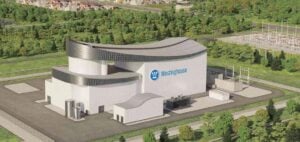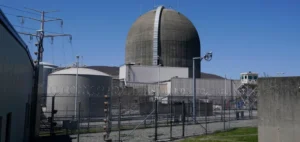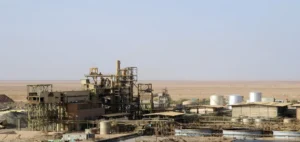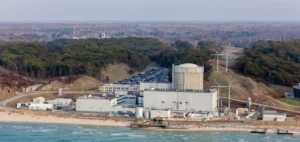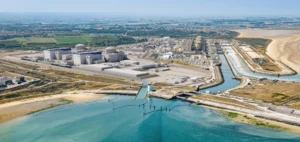American Electric Power (AEP) has officially submitted two grant applications to the United States Department of Energy (USDOE). The goal is to fund preliminary studies for the potential installation of Small Modular Reactors (SMRs) at sites in Indiana and Virginia. These projects are part of a national strategy to diversify energy sources and strengthen energy independence.
The Rockport site, located in Spencer County, Indiana, has been identified as a strategic area for SMR development. This initiative relies on collaboration with the Tennessee Valley Authority (TVA) and GE Hitachi Nuclear Energy, the provider of the BWRX-300 technology. A $50 million grant is being sought to conduct safety analyses, impact studies, and necessary community consultations for the permitting process.
A Supportive Legislative Framework
The state of Indiana recently adopted legislative measures facilitating the integration of nuclear technologies within its borders. This political orientation underscores support for projects aimed at ensuring an energy transition while maintaining the regional economy. Meanwhile, the Joshua Falls site in Virginia is also under active exploration as part of a $35 million grant request by Appalachian Power.
The choice of these sites reflects a strategic approach: prioritizing areas with existing industrial or energy infrastructure and benefiting from local political support. These projects include active dialogue with communities and local authorities, aligning with regulatory requirements for transparency and environmental impact.
Economic and Energy Challenges
SMRs represent a transformative potential for the energy sector, offering flexible production capacity tailored to diverse local needs. In the current context of high energy demand, these projects are positioned as solutions for ensuring reliability and economic competitiveness.
However, the initiative raises significant political and industrial questions. The funding of SMRs relies heavily on public subsidies and alignment with federal priorities, particularly under the USDOE’s Generation III+ program, which is backed by $900 million in grants. This approach has sparked debates about the distribution of public investment in energy infrastructure and its long-term impact.
Responding to Growing Demand
Statements from local representatives highlight the expected economic benefits, particularly in terms of job creation and tax revenue. At Rockport, the ordinance adopted by local authorities in favor of new energy projects underscores the importance of strong political support to ensure the viability of such initiatives.
In Virginia, the process remains in its early stages, with public consultations aimed at evaluating technological and economic opportunities. Final decisions will depend on local political orientations and alignment with the state’s energy goals.
A Long-Term Strategic Vision
These projects are part of a broader dynamic of evolving the U.S. energy mix. They reflect the tensions between the need to modernize energy infrastructure and the challenges posed by regulation and public policies.
While SMRs offer promising advantages in terms of flexibility and efficiency, their development hinges on a complex balance between public investments, industrial partnerships, and local community support. These factors will play a decisive role in the realization of AEP’s nuclear ambitions and their ability to sustainably integrate into the national energy landscape.









